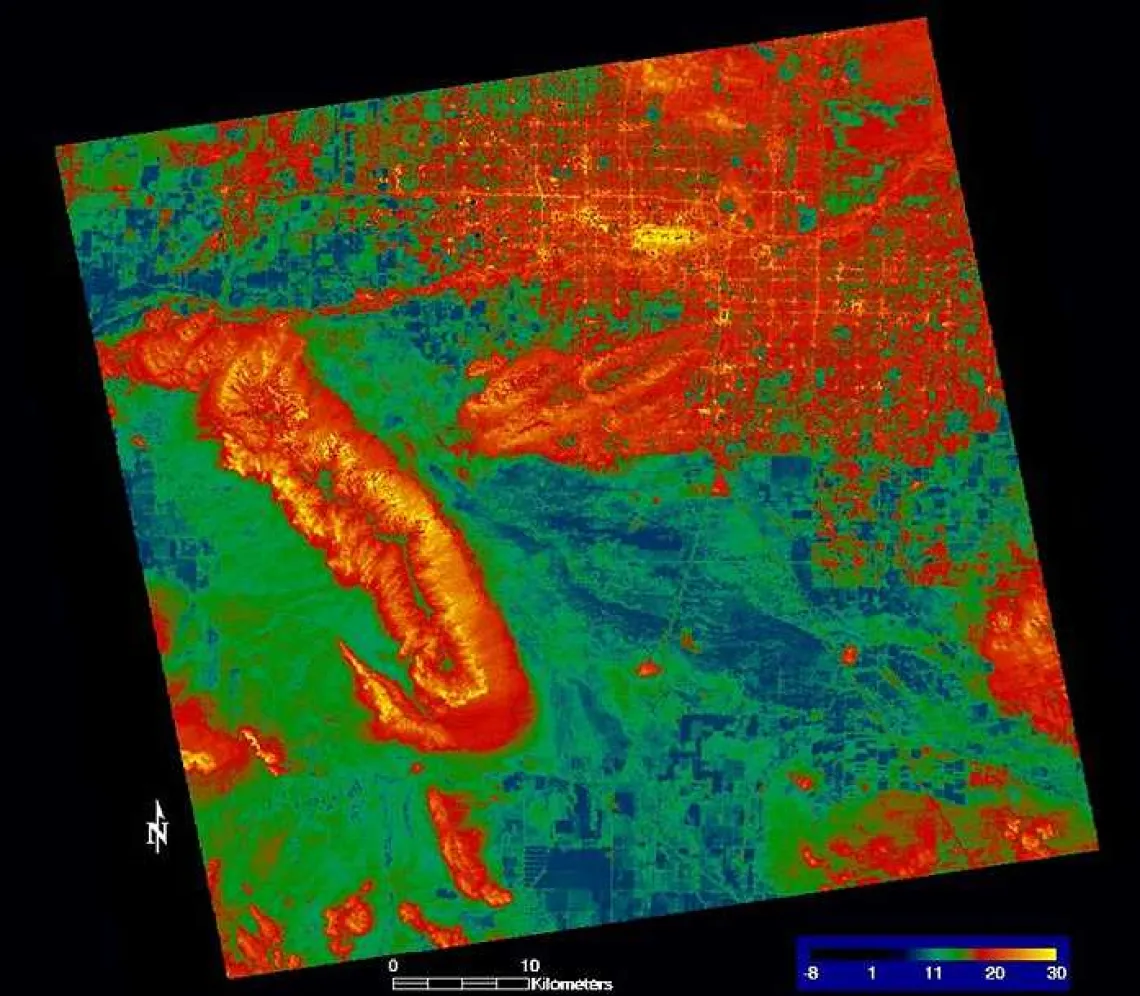The Collective Success of Green Streets

By Elizabeth Labiner
Interdisciplinarity is frequently cited as a best practice in the academy, but it can be difficult to enact the ideal in concrete terms. Bringing together various disciplines presents myriad challenges, especially when projects move from the classroom to the community.
Interdisciplinarity in action, while not always easy, is an exciting opportunity for individuals in different fields to conjoin their best assets and create projects that broaden and amplify their strengths in order to address sprawling, tangled problems that are bigger than can be fully addressed by any one discipline. One such project is Green Streets in South Tucson, a collaboration among members of both the University of Arizona and wider Tucson community.
Green Streets in South Tucson was a featured project in the Graduate Center’s Interdisciplinary Collaborations Lecture Series last spring. It was one of two recipients of a seed grant from the UA’s Agnese Nelms Haury Program in Environment and Social Justice. Anna Spitz, Director of the Agnese Nelms Haury Program, explains, “The point of these grants is to bring about transformational change in some of the critical areas of society and the environment.” Spitz emphasizes a focus on “wicked” problems, which are challenges that are so difficult that it may take years or even decades to improve conditions. The specific problem Green Streets in South Tucson seeks to address is urban heat islands in South Tucson. Heat islands are urban areas that are hotter than nearby rural areas, a phenomenon that can peak in the evenings with differences of up to 22° F between cities and their rural surroundings. This creates environmental problems such as increased air pollution and greenhouse gas emissions, as well as poorer water quality. These problems are compounded by social injustices, increased summertime peak energy demand, air conditioning costs, and heat-related illness and mortality.
The Green Streets project tackles this multifaceted problem with a team that’s as diverse as the problems presented by heat islands. This is by design; the program unites university researchers, non-profit organizations, and governmental representatives. Project head Katie Gannon, Programs Director of Tucson Clean & Beautiful, Inc., works alongside educators, urban planners, landscapers, and social justice advocates. Involved organizations each have distinct social, environmental, and economic missions, and all benefit from the work being done.
In addition to the improved environmental and social conditions of South Tucson, Green Streets provides landscape employment training for adults sentenced in Pima County Superior Court to serve community restitution. Offenders are given an opportunity for employment while improving the community. In the process, new tree life will produce benefits that grow with time. The trees, planted along four major streets in South Tucson, will reduce future heat island effects by providing cooling and improving air quality. These steps strengthen the resiliency of vulnerable communities during heat waves and drought.
Even small projects can produce a large impact. “This collaboration leverages partner resources and builds on opportunities that already exist; it makes deep investments in both people and community environments,” says Gannon. Green Streets in South Tucson is representative not just of a meeting of minds, but of the tangible, community-wide benefits of interdisciplinary collaboration.
Visit the Graduate Center website to see the March 2017 “Managing Across Organizations and Aligning Missions: Green Streets in South Tucson” lecture, as well as to view the other lectures in the 2017 Interdisciplinary Collaborations Lecture Series.

